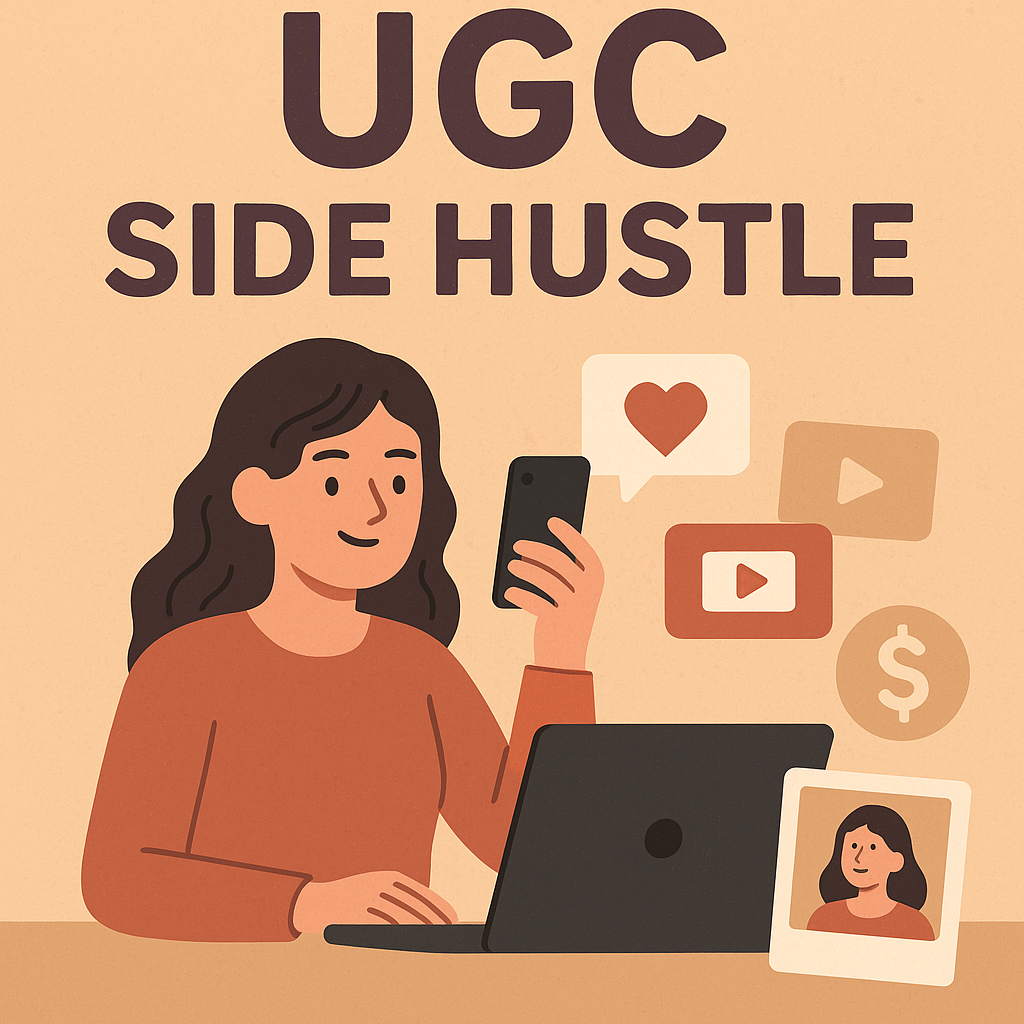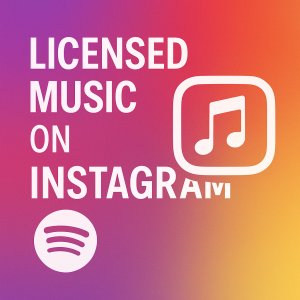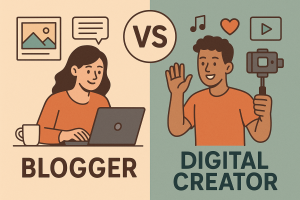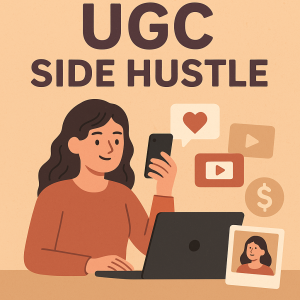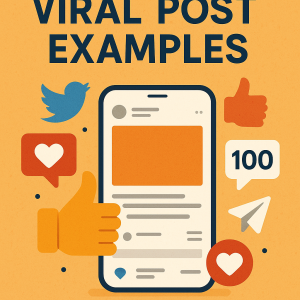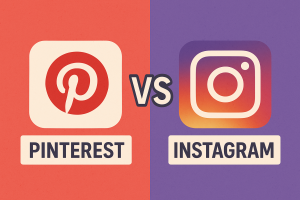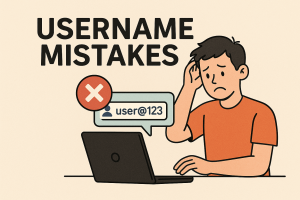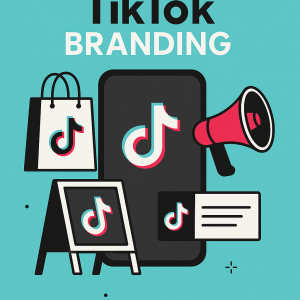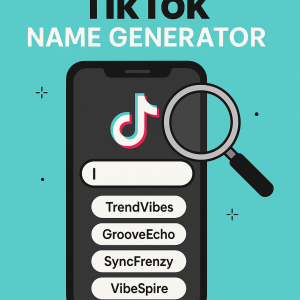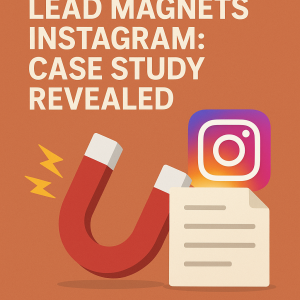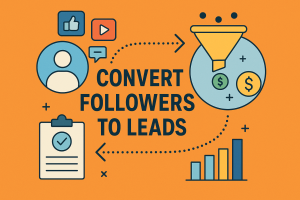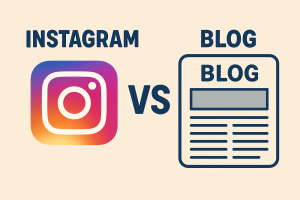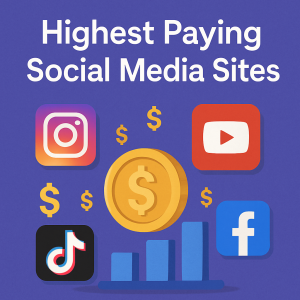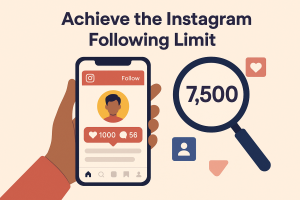What if your everyday moments could turn into extra cash? Imagine filming a quick video of your morning coffee routine or snapping photos of your favorite skincare products—and getting paid for it. This is the power of user-generated content (UGC), a flexible way to earn money while staying true to your authentic self.
Creators today earn anywhere from $1 to $20,000 monthly by partnering with brands that value real, relatable content. Unlike polished ads, UGC feels genuine because it’s made by people like you—showing products in action during daily life. Whether you’re working part-time or diving in full-time, this opportunity lets you set your own pace.
Brands love UGC for its affordability and trust-building potential. A 30-second clip filmed on your phone can outperform expensive studio productions. Ready to start? We’ll walk you through building a standout portfolio, setting fair rates, and landing partnerships with companies eager to collaborate.
Key Takeaways
- UGC creators earn between $1 and $20,000 per month.
- Authenticity drives higher engagement than traditional ads.
- Works for both casual and dedicated creators.
- Brands save costs while connecting with real audiences.
- Success requires a strong portfolio and clear pricing strategy.
Introduction to UGC and Its Opportunity
The digital marketing world is buzzing with a simple truth: real stories sell better than scripted ads. Everyday photos of morning coffee rituals, unboxing videos, or heartfelt product reviews now drive purchasing decisions. This shift has turned Travel Agent Social Media Post Ideas into a goldmine for both creators and businesses.
What is User-Generated Content?
User-generated content refers to any material—like Instagram reels, TikTok tutorials, or Amazon reviews—created by customers rather than brands. It’s the “I tried this!” video from a parent showing how a toy works, or the before-and-after photos a skincare fan posts in Facebook groups. These authentic snippets often perform better than corporate campaigns because they mirror real-life experiences.
Why UGC Resonates with Brands and Consumers
Companies save up to 60% on marketing costs by using customer-created material instead of professional shoots. More importantly, 50% of shoppers trust UGC more than branded ads. “When my neighbor recommends a product, I listen,” says Maya, a frequent online shopper. This peer-to-peer dynamic makes audiences 2.4x more likely to engage with content that feels genuine.
Platforms like YouTube and TikTok thrive on this authenticity. A study shows posts with user-created material get 28% higher engagement than traditional ads. For creators, this means your casual café photo could become a brand’s top-performing social media asset.
Understanding the UGC Side Hustle Model
Brands are racing to tap into one powerful resource: authentic stories from real users. This shift has birthed a new type of creator who partners with companies to produce relatable content—without needing a massive personal audience.
What Does This Creative Role Involve?
A UGC creator develops photos, videos, or reviews for brands to use on their social channels or ads. Unlike personal blogging, you’re not building your own follower base. One mom earned $800 filming her family’s weekend hike using a sponsored backpack. Another creator landed recurring jobs by reviewing eco-friendly cleaning products in her kitchen.
UGC Creators Versus Traditional Influencers
While influencers monetize their existing audiences, creators focus on making content that brands repurpose. “We don’t care if you have 100 followers—we need someone who can showcase our product naturally,” explains a marketing director at a skincare startup. This opens doors for those who prefer behind-the-scenes work over personal branding.
The demand is booming. Platforms like LinkedIn and dedicated creator marketplaces list thousands of opportunities monthly. From $50 unboxing videos to $500 tutorial series, brands value realness over reach.
Benefits of Launching a UGC Side Hustle
Building income through genuine content offers mutual rewards for all. Creators gain flexible earning potential, while brands unlock relatable stories that drive sales. This partnership thrives on authenticity—a currency that outperforms traditional advertising.
Cost-Effectiveness for Brands
Companies save up to 75% compared to studio-produced ads. A single creator-made video often generates 3x more engagement than polished campaigns. “We get better results from real people using our products than actors,” notes a marketing lead at a home goods company.
This approach lets businesses test multiple product angles without big budgets. A skincare brand saw 40% higher click-through rates using customer-created tutorials instead of agency content.
Potential Earnings and Income Growth
New creators typically charge $50-$150 per video. As skills sharpen, rates climb to $500+ for complex projects. One baker turned content partner doubled her income in six months by showcasing kitchen gadgets.
A diverse portfolio becomes your resume. Include before/after shots, unboxing clips, and lifestyle photos. Brands pay premium rates for creators who master trending formats like “day-in-my-life” reels.
Seasoned professionals earn $3,000+ monthly by offering bundled services. Package social posts with written reviews or A/B test different product demos. Your growth mirrors the value you deliver.
Setting Up Your UGC Portfolio
Your portfolio is your golden ticket to landing dream collaborations. It’s where brands decide if your style matches their vision. Focus on quality over quantity—curate pieces that reflect your unique voice and versatility.
Building a Compelling Portfolio with Authentic Samples
Start by selecting 8-12 pieces showing different skills. Include unboxing clips, lifestyle photos, and short testimonials. “Choose work that feels natural—like you’re showing a friend,” advises a top-rated content creator.
| Platform | Best For | Cost |
|---|---|---|
| Personal Website | Full control & branding | $5-$20/month |
| Instagram Highlights | Quick updates & visibility | Free |
| Google Drive Folder | Sharing raw files | Free |
Link your best work in your email signature using tools like HubSpot. This turns every message into a subtle pitch. Update monthly to keep things fresh.
Showcasing Your Best Work
Add context to each sample. For a viral coffee review video, note: “Generated 12K views and 350+ saves for BeanJoy Co.” Metrics prove your impact.
Create a simple website using Carrd or Wix. Organize projects by category—beauty, tech, home goods. Brands love seeing how you adapt to different niches.
Stay active on 2-3 social platforms. Post behind-the-scenes clips of your content creation process. Consistency builds trust and shows you’re serious about partnerships. Understanding the difference between bloggers and digital creators helps you choose the right UGC strategy for your brand.
Essential Tools and Equipment for UGC Creation
Great content starts with the right tools—but you don’t need Hollywood-level gear. Modern creators blend creativity with smart tech choices to produce professional results. Let’s explore equipment that balances quality and affordability.
Must-Have Gear for High-Quality Content
Start with a smartphone that shoots 4K video. Recent iPhones and Android models work perfectly. Pair it with a $20 tripod from Amazon Basics for steady shots. Natural light works, but a $45 ring light ensures consistency in dim spaces.
Sound quality often gets overlooked. “Viewers forgive grainy video faster than bad audio,” notes a full-time creator. Try the Fifine K669B microphone ($35) for crisp voiceovers. Free apps like CapCut or DaVinci Resolve handle basic video editing needs.
Affordable Equipment That Delivers Professional Results
Upgrade gradually as your skills grow. A green screen ($25) expands shooting options, while a gimbal ($80) adds cinematic motion. Brands love polished transitions—Splice ($9/month) offers premium filters and effects.
| Tool | Price Range | Where to Buy |
|---|---|---|
| Phone Tripod | $15-$30 | Amazon, Best Buy |
| LED Ring Light | $40-$60 | Walmart, Target |
| Lavalier Mic | $30-$50 | B&H Photo |
Remember—your early work matters more than gear. Many creators land first partnerships using just their phone and a sunny window. Build your toolkit as you master lighting techniques and storytelling skills.
Crafting Engaging UGC Content for Brands
The secret to standout content lies in blending creativity with strategy. Brands want material that feels human—not scripted. Start by mastering formats that convert casual viewers into customers.
Popular Video Styles That Drive Results
Unboxing clips work wonders for new products. Show genuine reactions while opening packages—“I had no idea this blender could crush ice that fast!” Demonstration videos let you highlight features through real-life use, like styling hair with a heat-protectant spray.
How-to guides build trust by solving problems. A 60-second tutorial on organizing kitchen cabinets with stackable containers often outperforms flashy ads. Voiceover testimonials add depth when paired with product shots—share why you repurchase certain items.
| Format | Best For | Platform |
|---|---|---|
| Unboxing | New launches | Instagram Reels |
| Before/After | Beauty & fitness | TikTok |
| Tutorials | Tech gadgets | YouTube |
Keeping It Real: Storytelling Tips
Film in natural settings—your living room beats a studio setup. One creator landed six partnerships by reviewing books in her cozy reading nook. Share personal wins: “This meal prep kit helped me save 3 hours weekly.”
Link your videos to free resources like Canva’s design course or LinkedIn Learning’s storytelling classes. These tools help polish skills without costly investments. Test two versions of each video—try different angles or music—to see what resonates.
Remember, audiences spot forced enthusiasm. If a skincare product breaks you out, say so tactfully. Honesty builds credibility that pays off long-term.
Pricing Your UGC Services and Setting Rates
Setting the right price for your creative work balances fairness and strategy. Brands want quality content, while creators need to value their time and skills. Let’s explore how to set rates that reflect your effort and market demand.
Factors Influencing Your UGC Rates
Start by calculating production time. A 30-second organic post might take 2 hours to film and edit, while ad-focused videos often require 4+ hours. “Charge for prep work like product testing,” advises a full-time creator. Market rates vary:
| Content Type | Average Rate | Usage Rights |
|---|---|---|
| Organic Social Post | $100-$150 | 6 months |
| Paid Ad Video | $200-$300 | 1 year |
| Product Photography | $75-$120 | Unlimited |
Industry trends impact pricing. Fashion brands often pay 20% more than home goods companies for similar work. Always clarify where your content will appear—website features typically cost 30% extra compared to social media use.
Offering Package Deals for Better Client Value
Bundled services create win-win scenarios. A skincare creator doubled her bookings by offering:
| Package | Includes | Price |
|---|---|---|
| Starter | 2 photos + 1 video | $250 |
| Pro | 4 posts + usage rights | $600 |
| Premium | Full campaign + revisions | $1,200 |
Adjust rates as your portfolio grows. One creator increased prices by 40% after landing features in major retail emails. “Track which content styles get the most repeats,” suggests a media strategist. Offer seasonal discounts on slower months to maintain steady income.
Finding and Pitching to Brands for Your “ugc side hustle”
Connecting with the right partners transforms casual content into paid collaborations. Brands actively seek creators who align with their values—your job is to make that match obvious. Start by identifying companies that already use customer-made content in their feeds or ads.
Strategies for Researching Target Brands
Use TikTok’s Creative Center to spot trending campaigns. Filter by industry tags like #skincare or #homeorganization. “Check brands’ tagged posts—they often reshare creator content,” notes a marketing strategist. Bookmark companies posting unpolished videos or replying to fan comments.
Build a tracking spreadsheet with these columns:
| Brand Name | Content Style | Contact Email |
|---|---|---|
| EcoHome Goods | DIY tutorials | partners@ecohome.com |
| FreshBites Snacks | Lifestyle reels | collab@freshbites.co |
| GlowSkin Co | Before/after videos | ugc@glowskin.xyz |
How to Craft a Compelling Pitch
Lead with specific examples from their existing campaigns. “I noticed your camping gear posts focus on durability—here’s how I’d showcase that in rainy conditions.” Attach 2-3 portfolio samples matching their aesthetic.
Platforms like Creator.co and Billions list fresh opportunities weekly. Pair these with direct emails for maximum visibility. Track responses in your spreadsheet—follow up every 10 days with new ideas.
One creator landed 8 partnerships by tweaking her pitch structure monthly. Test different subject lines like “Your Next Viral Reel Starts Here” versus “3 Ways to Boost Engagement.” Refinement breeds results.
Expanding Your UGC Side Hustle Through Social Media
Your social feeds hold untapped potential to turn casual scrolling into paid partnerships. Platforms like TikTok and Instagram serve as dynamic portfolios where brands discover talent. Optimize your presence to attract collaborations that align with your style.
Platform-Specific Optimization Techniques
Tailor content formats to each channel’s strengths. TikTok thrives on trending sounds and quick cuts, while Instagram favors polished carousel posts. LinkedIn works best for behind-the-scenes stories about your creative process.
| Platform | Best Content Types | Pro Tip |
|---|---|---|
| TikTok | 15-60s trending videos | Use #UGCcreator in captions |
| Reels + static posts | Enable “Collaborate” feature | |
| Case study carousels | Tag company pages |
Update bios with clear CTAs like “Open for brand collabs” and link your portfolio. Engage daily with target companies—thoughtful comments on their posts using our tweet generator. One creator landed three deals by sharing her video editing workflow in LinkedIn articles.
Navigating Specialized Creator Marketplaces
Platforms like Billo and Insense connect creators directly with brands needing authentic content. These sites often provide briefs with specific requirements, making project alignment easier.
| Platform | Features | Average Rate |
|---|---|---|
| Billo | Daily campaign alerts | $50-$200 |
| Insense | Direct brand messaging | $75-$300 |
| Fiverr | Custom service listings | $100-$500 |
Set up job alerts on LinkedIn post using terms like “content creator” or “brand partnerships”. Many companies post opportunities in their Career sections rather than main feeds. Consistent posting remains key—schedule 3-4 videos weekly using free image caption generator like Later or CapCut’s calendar.
Conclusion
Your journey from casual creator to paid partner begins with one authentic story. This dynamic field rewards those who showcase products through genuine experiences—whether filming coffee routines or testing eco-friendly gear. With flexible schedules and scalable projects, this path turns everyday creativity into steady income.
Build your portfolio with diverse samples that highlight real-life product use. Update it monthly with metrics that prove your impact. Pair this with affordable tools like ring lights and editing apps to maintain professional quality without overspending.
Take action today: set up social profiles highlighting your best work, then pitch brands needing relatable voices. Platforms like LinkedIn and specialized marketplaces simplify finding collaborations. Remember—success grows through persistence and adapting to new trends.
The digital landscape thrives on fresh perspectives. Start small, stay consistent, and watch your creative journey evolve into a rewarding income opportunity. Your next video could be the campaign that launches lasting brand partnerships.

